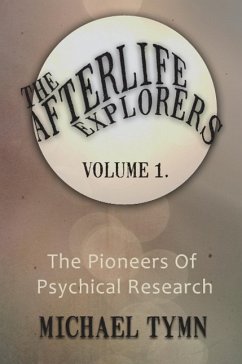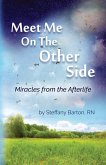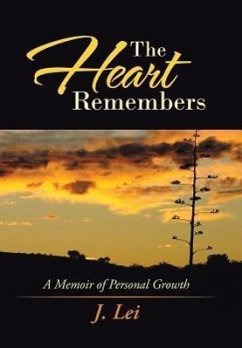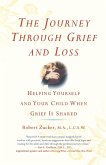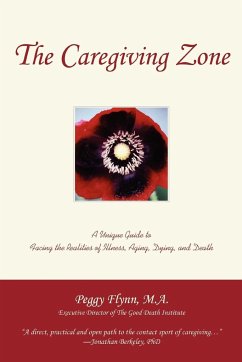I have been asked many times why so much of what I write about - life after death, psychical research, and related paranormal subjects is taken from research done a hundred or more years ago, and why I don't write more about modern mediums and researchers. Part of the reason is that there has been relatively very little research looking at evidence of survival after death since 1930. But that is a secondary reason. The primary reason is that I am convinced that the phenomena observed by the pioneers of psychical research, especially in the area of mediumship and, concomitantly, in the area of spirit communication, were much more dynamic and evidential than those of today. Sometime around 1920, when Professor James Hyslop, one of the key pioneers, died, the research reached a point of diminishing returns. The scientists and scholars engaged in the research began to realize that they were continually reinventing the wheel and would never succeed in producing evidence to satisfy either the scientific fundamentalists or the religious fundamentalists. As strong as the evidence was, it did not offer the absolute proof the skeptics demanded. The pioneers were followed by researchers, who, having witnessed the derision heaped on their predesessors by materialistic "know-nothings," were concerned with their reputations in academic circles. Since consciousness survival had come to be a taboo subject in academia, the new breed of researcher focused on ESP - often going out of their way to avoid the survival of consciousness issue. In fact, a fair percentage of parapsychologists, while accepting the reality of ESP, rejected the spirit or survival hypothesis, concluding that all such phenomena were somehow produced by the subconscious of the individuals involved in their experiments. Such a conclusion was much more academically and scientifically acceptable and made sure funds for further research were available. To even hint at the spirit hypothesis was to invite disdain. While a few later researchers delved into the area of past-life studies, their work received little attention from mainstream science and was ignored or resisted by orthodox religions. When, during the 1970s, research began in the field of near-death experiences, the researchers, wanting to be scientifically proper, focused more on the positive effects of the NDE than on the survival implications. It was not until late in the 1990s, when Dr. Gary Schwartz of the University of Arizona, began investigating the clairvoyant type of mediumship that survival research again resurfaced. But Schwartz came under attack by many scientific fundamentalists and research in this area was further discouraged. This volume, intended as the first of four volumes, covers the period before 1882, the year the Society for Psychical Research (SPR) was organized and more formal scientific methods were employed. The pre-1882 researchers were by no means ignorant of the scientific methods necessary to validate mediums, and it becomes clear to the discerning reader that these pioneers were very much on guard against deception and mindful of other explanations, including the subconscious theories. It also becomes apparent to the serious student of this subject that the earliest researchers went beyond the evidential aspects of mediumship and recorded many messages concerning the afterlife environment and the meaning of this life. They served as the foundation for a whole new philosophy, one that made some sense of the afterlife and gave meaning to this life.
Hinweis: Dieser Artikel kann nur an eine deutsche Lieferadresse ausgeliefert werden.
Hinweis: Dieser Artikel kann nur an eine deutsche Lieferadresse ausgeliefert werden.

